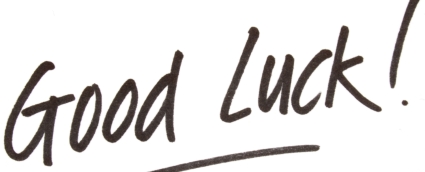If you haven’t heard, there was a bit of an awkward business kerfluffle between Amazon and MacMillan this past weekend. No, I am not talking extensively about it other than to say that I believe we are seeing the result of what happens when people are anxious and start to panic. E-Books are a hot topic, but if history holds true, it will take years before the technology is standardized, affordable, stable, and readily accessible to everyone (including libraries). If you’re curious, Lilith Saint Crow has a lot of information and links on her post entitled, “Good News and Amazonfail Wrap-Up.” I do, however, want to talk about something related to this.
You see, I am concerned. I am concerned about the rampant misinformation and rumors that are circulating around the web whenever anything “happens.” Since Friday, I have heard nothing but questions and confusion when it comes to people’s perceptions about e-books and running a business. People that a) don’t work for an online retailer and b) consume products that they either want for free or at a lower price than what they’re already paying for it.
I am a bit conservative, in that I do not believe in 100 percent transparency with the customer. I feel that readers should not be privy to the inner workings between a retailer (like Amazon) and a publisher (like MacMillan). Why? because the minute you put that deal on the table, the customer is forced to pick a side. That customer isn’t an “informed” customer, because they shouldn’t have to know why things are priced the way that they are. They should, however, have a choice. That choice pretty much comes down to a) yes, I want to buy this product or b) no, I don’t. Their decision should be based on what they want to buy, not who they want to punish (or reward) by buying it.
However, this is the age of “too much” information. Some businesses don’t really have a choice “but” to offer their customers some form of communication because often their customers demand it. When a business doesn’t respond (or doesn’t say the right thing), sometimes customers believe that the entire business is evil. The truth is, most businesses want to paint themselves in a positive light. This is neither “bad” nor “good,” it’s just the nature of how businesses work.
The problem that I have with complete transparency, is that most customers don’t care about the “business” side of this communication, but instead have a pre-formulated opinion based on an “emotional” reaction. That “emotional” reaction often causes a lot of problems, because customers are sharing their reactions with other people as “fact.” We all know how powerful word-of-mouth advertising can be, but sometimes I think we “forget” that it’s easier to distort the truth than it is to spread the facts. Once the misinformation is out in the open, it’s next-to-impossible to try to correct it. And yes, before you say it — I have been guilty of it, too. We all have.
I’m not saying that customers “should care” about the business side of things; what I am saying is that they shouldn’t have to. They should not have to get embroiled in a war between two businesses or be privy to private information, because it takes longer than a single blog post to explain how an entire industry works. Instead, I’d love to see the true victim of these wars — the customer — treated better. Treat them like gold, and they will keep coming back. Treat them like crap, and they will go elsewhere.
Unfortunately, I feel that this will not be the last time we see things like this happen. Sloppy news reporting combined with clicking on whatever appears through search results (regardless of whether it’s factual or not) provides instant access to anything and everything. I know that a lot of writers naturally exercise caution, I just hope that everyone else remembers to do that, too. It’s certainly something that I plan to be even more careful with in the future.

 I’ve had a lot of positive feedback from my previous post entitled
I’ve had a lot of positive feedback from my previous post entitled  Have you heard the line, “Your D&D game won’t make a great novel?” If you’ve heard me speak on panels before, or if you’ve read several submission guidelines from agents or publishers, you might have. I’d like to tackle why.
Have you heard the line, “Your D&D game won’t make a great novel?” If you’ve heard me speak on panels before, or if you’ve read several submission guidelines from agents or publishers, you might have. I’d like to tackle why. Three Tips For Getting Published from BubbleCow
Three Tips For Getting Published from BubbleCow